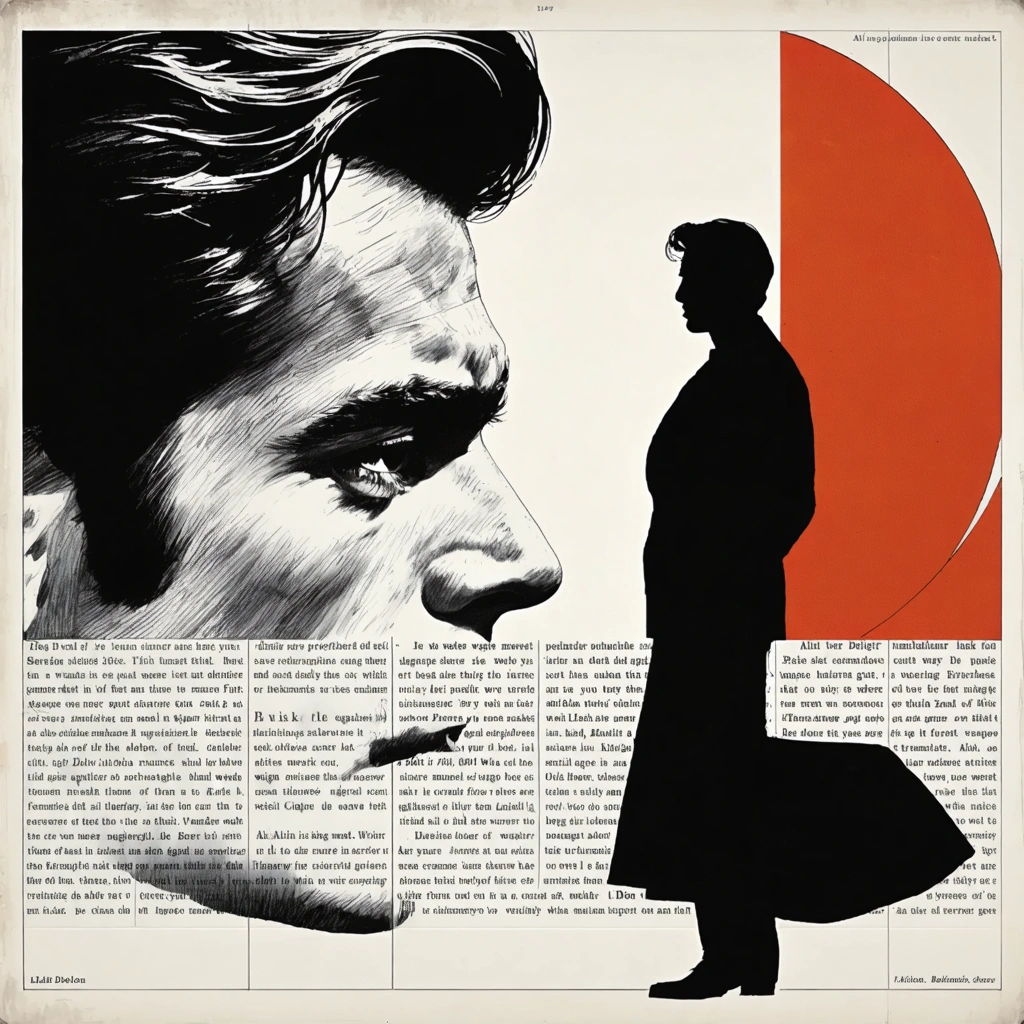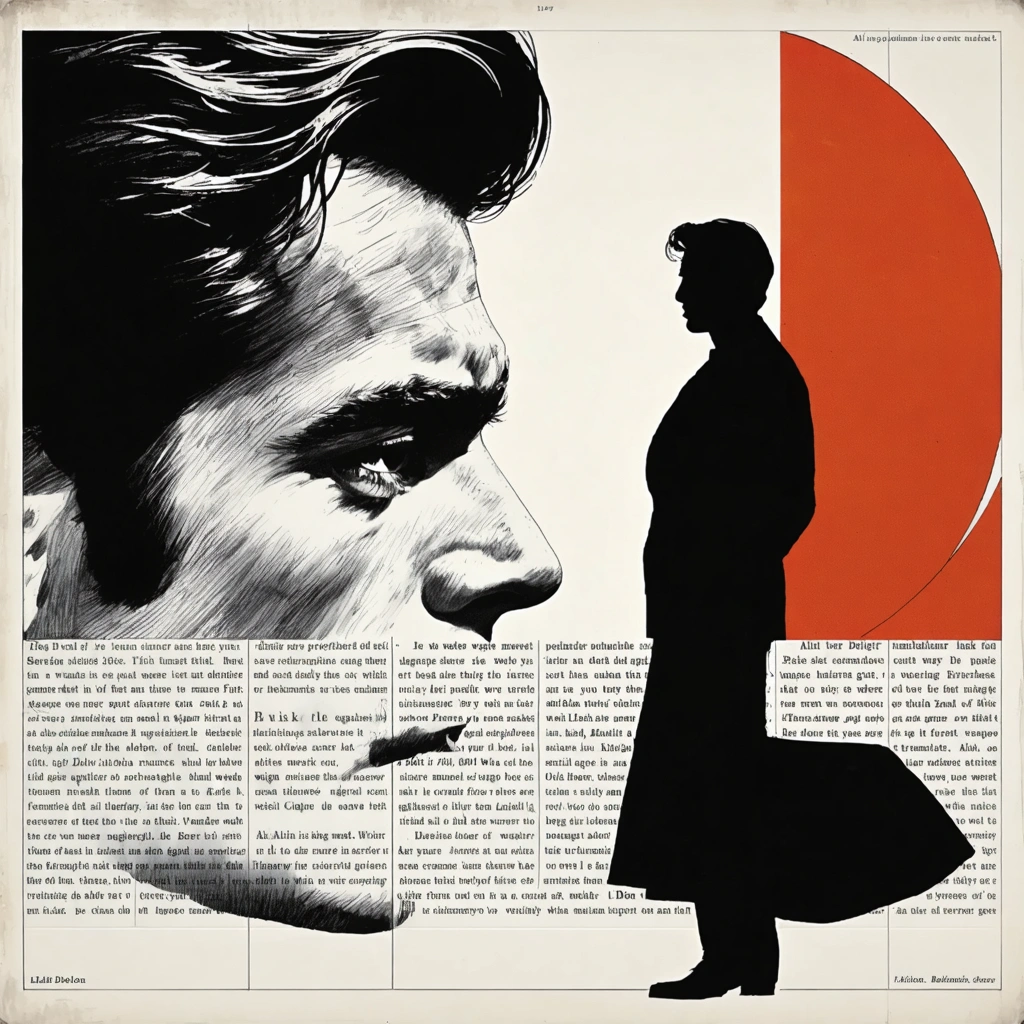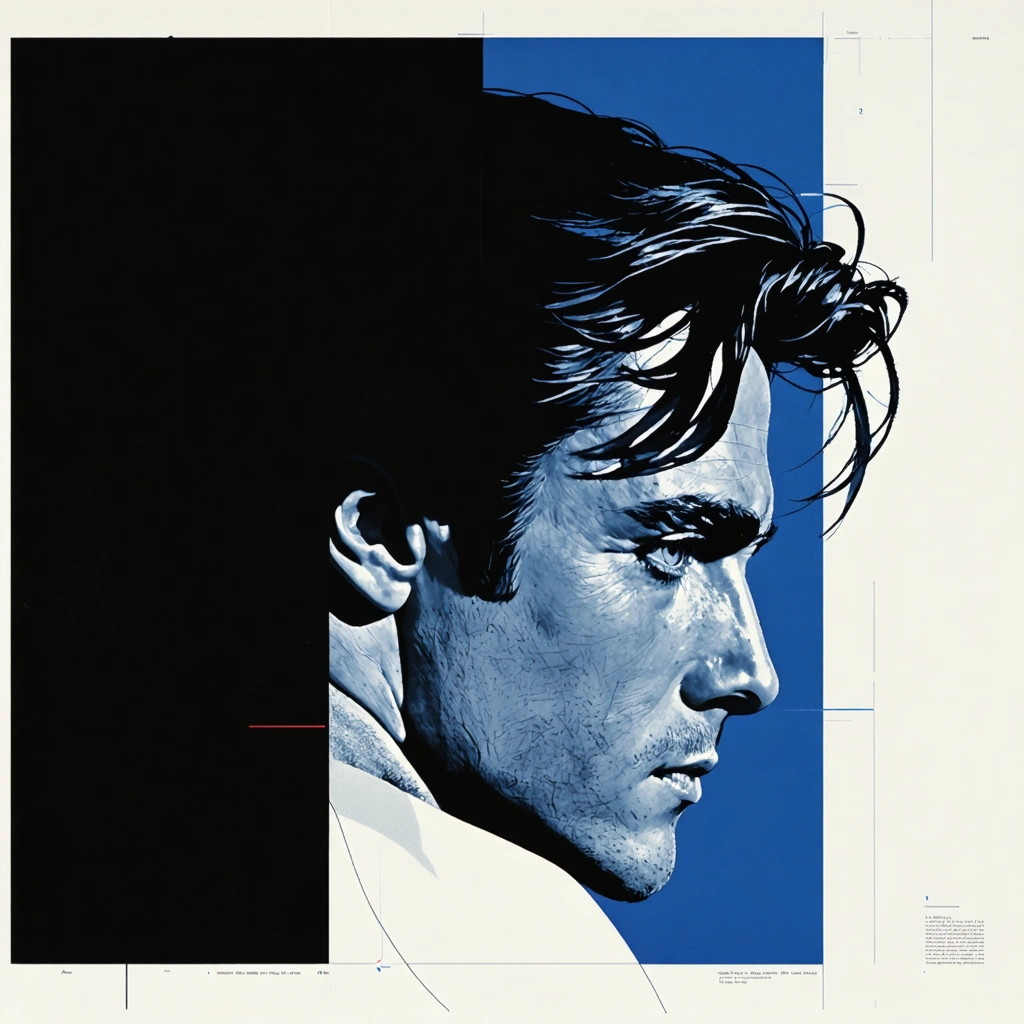
Unraveling the Mystery Behind a Timeless Icon
Have you ever found yourself mesmerized by a face that seems to carry the weight of countless stories, yet remains eternally youthful in the collective imagination? Alain Delon is precisely that kind of figure—an emblem of French cinema whose presence on screen is as magnetic today as it was during his early days. For cinephiles and casual movie lovers alike, the name Alain Delon conjures visions of smoky noir shadows, rebellious charm, and a style that defined an era. But what is it about this man’s performances, especially during his youth—Alain Delon joven—that continues to captivate audiences decades later?
Despite the whirlwind of contemporary cinema and streaming platforms flooding us with new faces and stories, certain legends refuse to fade. Yet, surprisingly, many younger generations haven’t fully explored the rich tapestry of películas de Alain Delon that shaped not only French cinema but global perceptions of the art form. We often stumble upon his name in film history books or classic movie nights but rarely dive deep into the essence of his craft and impact. What makes his roles so iconic? How did his youthful charisma carve a niche that’s still discussed with reverence in cinephile circles?
The Challenge of Preserving a Legacy in Modern Times
Here’s the catch: in an age dominated by flash-in-the-pan celebrities and blockbuster-driven fame, legends like Alain Delon risk being reduced to mere trivia or nostalgic anecdotes. The sheer volume of current content can overshadow the nuanced performances and stylistic breakthroughs that marked his career. Worse, without a proper introduction, his early work—his Alain Delon joven years—might seem distant or inaccessible to those unfamiliar with mid-20th-century French cinema.
Moreover, the cinematic landscape has evolved drastically. The storytelling techniques, pacing, and even acting styles from Delon’s golden era differ vastly from today’s standards. This sometimes creates a barrier for younger audiences who might find old films slow or stylistically foreign. Consequently, the brilliance of películas de Alain Delon risks being misunderstood or overlooked, despite their immense cultural and artistic value.
And yet, this is precisely why revisiting Alain Delon’s filmography matters. His films are not just relics; they are vibrant, living testaments to a transformative period in cinema. They offer insights into post-war Europe’s psyche, the evolution of film noir aesthetics, and the complexities of human nature portrayed through an actor whose intensity and subtlety were unmatched.
Rediscovering Alain Delon: A Journey Through His Most Iconic Roles
This article invites you to embark on a cinematic journey, tracing the trajectory of Alain Delon’s career with a special focus on his formative years—the Alain Delon joven phase—that laid the foundation for his legendary status. We will explore how his choice of roles, his magnetic screen presence, and his collaborations with visionary directors elevated not only his career but also French cinema’s global standing.
From the raw emotional power in “Purple Noon” (1960) to the cool, enigmatic aura in “Le Samouraï” (1967), the películas de Alain Delon offer a spectrum of human experience—passion, vulnerability, rebellion, and stoicism. We’ll delve into these films’ cultural significance, their stylistic innovations, and why Delon’s performances remain a benchmark for actors and filmmakers worldwide.
Whether you are a seasoned admirer of French cinema or someone curious about the roots of cinematic cool, this exploration promises to deepen your appreciation for Alain Delon’s artistry. By the end, you’ll see why his legacy is not just preserved in film archives but alive in the very language of cinema itself.
What to Expect in This Exploration
- A closer look at Alain Delon’s early career and how his youth shaped his iconic image.
- An analysis of his most influential films and the themes they tackled.
- Insights into his impact on French cinema’s golden era and lasting influence today.
- Personal anecdotes and cultural context that bring his stories to life beyond the screen.
So, if you’re ready to rediscover one of France’s most captivating cinematic legends through the lens of his unforgettable roles, stay tuned. Alain Delon’s journey is as compelling off-screen as on—and his films are waiting to reveal their timeless magic.

Alain Delon: France’s Cinematic Legend
Who is Alain Delon and Why is He Considered a Cinematic Legend?
Alain Delon is one of the most iconic French actors whose career has significantly shaped the golden era of French cinema. Born in 1935, Delon's captivating screen presence and nuanced performances have left an indelible mark on both French and international film industries. His work spans decades, during which he became a symbol of elegance, charm, and complexity on screen.
Delon's legacy is rooted in his ability to embody a range of characters — from brooding antiheroes to romantic leads — with a distinct blend of charisma and intensity. This versatility helped define the cinematic style of the 1960s and 1970s, a period often regarded as French cinema’s golden era. His influence is still felt today, both through his classic films and the actors and filmmakers he inspired.
What Are Some of the Most Iconic Roles and Películas de Alain Delon?
Alain Delon's filmography is rich with critically acclaimed performances that have become benchmarks in French cinema. Some of his most iconic roles include:
- “Plein Soleil” (1960): This film, known internationally as “Purple Noon,” catapulted Delon to stardom. He played Tom Ripley, a character whose charm and moral ambiguity captivated audiences. The film is praised for its stylish direction and Delon’s magnetic performance.
- “Le Samouraï” (1967): Directed by Jean-Pierre Melville, this film features Delon as Jef Costello, a stoic hitman. It is a masterclass in minimalism and mood, showcasing Delon’s ability to convey depth through subtle gestures.
- “Rocco and His Brothers” (1960): This Italian-French co-production highlights Delon's dramatic range. He plays Rocco, a man struggling with family and personal identity issues, a role that earned international acclaim.
- “La Piscine” (1969): A tense psychological thriller where Delon’s character navigates complex relationships and jealousy, further cementing his status as a leading man in European cinema.
These películas de Alain Delon are essential viewing for anyone interested in the development of French cinematic style and storytelling.
How Did Alain Delon’s Early Career (Alain Delon Joven) Shape His Stardom?
Examining Alain Delon joven — his early years as an actor — provides insight into how his career trajectory was formed. Starting in the late 1950s, Delon’s youthful charisma and striking looks made him an instant favorite among directors seeking a fresh face for new cinematic narratives.
His early roles often cast him as a rebellious or enigmatic character, which resonated with the cultural shifts of the time. His youth was not just a visual asset but also a source of energy and authenticity that helped him connect with audiences. This period of his career laid the groundwork for his later success by establishing his image as both a heartthrob and a serious actor.
Moreover, during the Alain Delon joven phase, he collaborated with renowned filmmakers such as Luchino Visconti and Jean-Pierre Melville, whose artistic guidance sharpened Delon's craft and helped define his cinematic identity.
Why Do People Still Search for Alain Delon and His Films Today?
The enduring fascination with Alain Delon and his películas stems from several factors:
- Timeless Appeal: Delon’s films capture universal themes such as love, betrayal, and identity, which remain relevant across generations.
- Cultural Icon: Beyond his acting, Delon embodies a particular era of French elegance and coolness, making him a symbol of cultural heritage.
- Influence on Cinema: His performances influenced not only French cinema but also global filmmaking styles, inspiring directors and actors worldwide.
- Restorations and Re-releases: Many of his classic films have been restored and re-released, sparking renewed interest among cinephiles and new audiences.
People searching for Alain Delon today often seek to explore this rich cinematic legacy, discover his best works, or learn about his impact on film history.
How Can Watching Películas de Alain Delon Deepen Your Appreciation of French Cinema?
Watching Alain Delon's films offers a direct window into French cinema's golden era, helping viewers understand the stylistic and thematic innovations of the time. His movies showcase:
- Character-Driven Narratives: Delon's performances emphasize complex psychology over plot-driven action, reflecting the era’s artistic priorities.
- Stylistic Innovation: Films like “Le Samouraï” illustrate minimalist storytelling and atmospheric cinematography, hallmarks of French New Wave and related movements.
- Cross-Cultural Collaborations: Many of Delon’s projects were international co-productions, highlighting the interconnectedness of European cinema.
By exploring his work, viewers gain a deeper understanding of how French cinema evolved in response to social changes and artistic experimentation, enriching their overall appreciation of film history and aesthetics.



